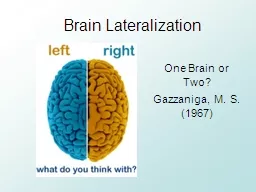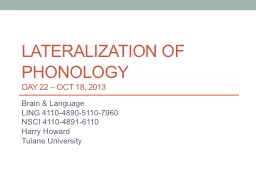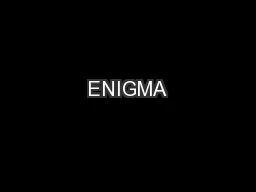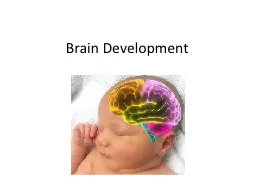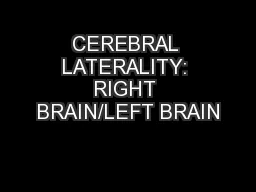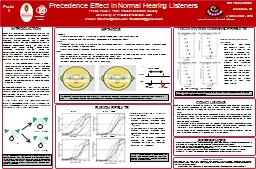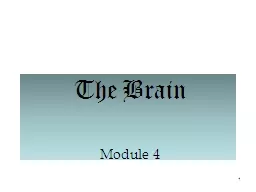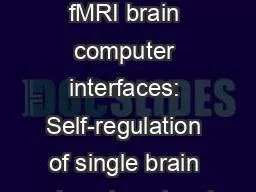PPT-Brain Lateralization
Author : luanne-stotts | Published Date : 2017-06-13
One Brain or Two Gazzaniga M S 1967 Get into your group Group1Lori Liza Alyssa Erin Baylee Group2 Alicia Kalyee Spencer William Travis Group 3 Katrina Holley Hallie
Presentation Embed Code
Download Presentation
Download Presentation The PPT/PDF document "Brain Lateralization" is the property of its rightful owner. Permission is granted to download and print the materials on this website for personal, non-commercial use only, and to display it on your personal computer provided you do not modify the materials and that you retain all copyright notices contained in the materials. By downloading content from our website, you accept the terms of this agreement.
Brain Lateralization: Transcript
Download Rules Of Document
"Brain Lateralization"The content belongs to its owner. You may download and print it for personal use, without modification, and keep all copyright notices. By downloading, you agree to these terms.
Related Documents

